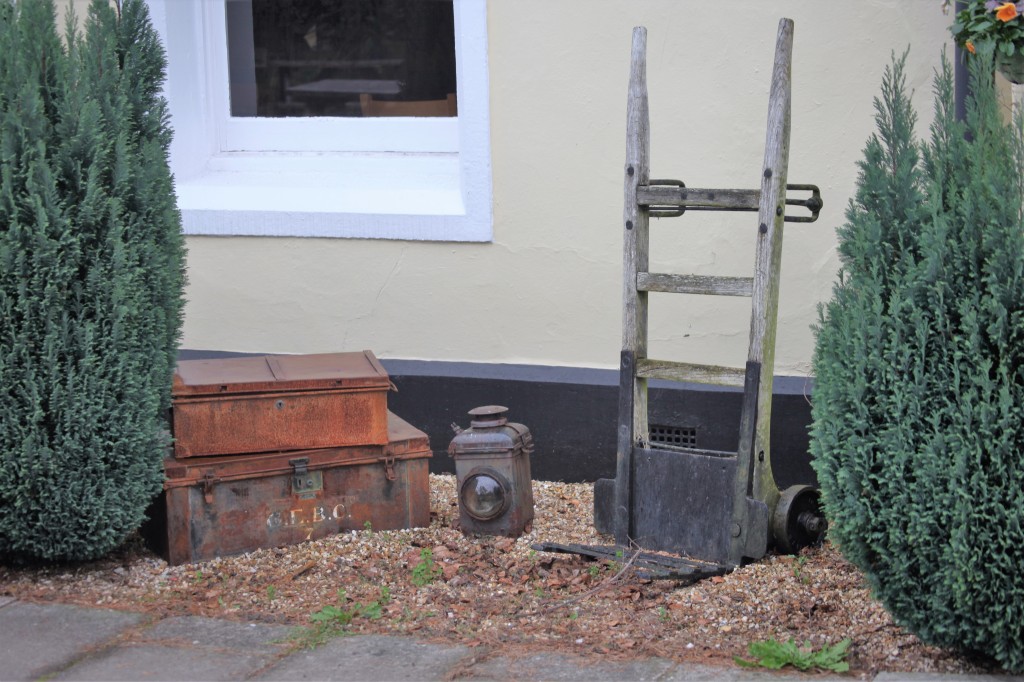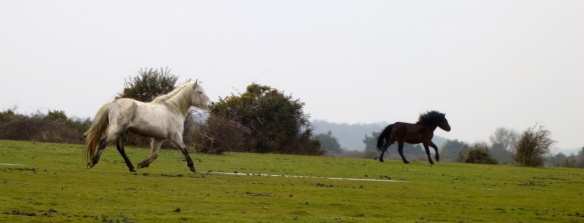CLICK ON IMAGES TO ENLARGE. THOSE IN SMALLER GROUPS LEAD TO GALLERIES.
Prompted by questions from Geoff Le Pard, that great storyteller at
We found it close to
Holmsley Bog.
Unbeknown to us I had photographed this area and the house on 17th October.



It lies beyond a stream spanned by a small road bridge. As we arrived, an egret stood in the shallow, but fast-moving water. By the time I had it in focus, the bird flapped smoothly and elegantly away.


As I walked towards the modern building, a small car with three female occupants approached me at a speed slow enough for me to wave it to a halt. I thanked the group for stopping and asked if they belonged to the house. The driver was the owner. I explained my project and asked her if this building had replaced Geoff’s old derelict. It had indeed. She told me she had bought the modern one and added an extension and a small garden. The address is 11, Holmsley Gate house. This amenable woman was quite happy for me to photograph as I wished. She continued her journey and left me to it. I thought this was rather a generous response. I focussed on the house in its setting;
including the public track running alongside. Further study of an Ordnance Survey map (by Jackie) reveals that this way is the old railway line. The website geograph.org.uk confirms:
“Level crossing on disused Brockenhurst to Ringwood railway.





one of the side walls with its log pile, and reflective windows revealing views of the landscape behind.



The roof of the extension had weathered attractively, its windows offering similar effects.
Although the garden enjoyed the protection of high wire netting, three fresh oranges and an avocado had been tastefully placed on the stones outside, no doubt for the delectation of hungry ponies. Mostly they are only given carrots and apples. This was clearly an up-market establishment.



Intending to lunch at Holmsley Old Station Tea Rooms, we continued along Holmsley Passage. Today the weather was as dull and overcast as on our last visit, but the lane was attractive enough for us to determine to return on a better lit day.
Holmsley Station no longer serves a railway line. I have referred to Dr Beeching’s axe on several occasions in this blog. It is perhaps time to explain this, so I quote thus from Wikipedia: “The Beeching cuts (also Beeching Axe) were a reduction of route network and restructuring of the railways in Great Britain, according to a plan outlined in two reports, The Reshaping of British Railways (1963) and The Development of the Major Railway Trunk Routes (1965), written by Dr Richard Beeching and published by the British Railways Board.
The first report identified 2,363 stations and 5,000 miles (8,000 km) of railway line for closure, 55% of stations and 30% of route miles, with an objective of stemming the large losses being incurred during a period of increasing competition from road transport and reducing the rail subsidies necessary to keep the network running; the second identified a small number of major routes for significant investment. The 1963 report also recommended some less well publicised changes, including a switch to containerisation for rail freight.
Protests resulted in the saving of some stations and lines, but the majority were closed as planned and Beeching’s name remains associated with the mass closure of railways and the loss of many local services in the period that followed. A few of these routes have since reopened, some short sections have been preserved as Heritage Railways, while others been incorporated into the National Cycle Network or used for road schemes; others now are lost to construction, simply reverted to farm land, or remain derelict.”
That is perhaps an early example of how the profit motive has overridden the concept of service in our modern world.




The Tea Rooms have put to good use a sad reminder of a wonderfully meandering transport system that, in less frenetic days, we once enjoyed. The buildings have been preserved and refurbished; familiar signs are featured; and, both inside and out, railway paraphernalia are displayed.
The food and service are excellent, too.
We carried away this evening’s dessert, in the form of delicious meringue confections that we couldn’t manage to consume with our lunch. Only when we laid these on the table did we realise that the green fruit were Kiwis. Now there is only one item of food with which I experience discomfort. Yes. It’s Kiwi fruit. It burns the roof of my mouth, which is more than any chili can achieve. Jackie fished them out of my helping, and stuffed them into hers. She blew me a compensatory raspberry.
Before pud we enjoyed Jackie’s pasta arabbiata with which she drank Hoegaarden and I finished the pinot noir.










